If you remember when vinyl was the best way to buy music, you’ll recall throwing your new LPs onto a budget turntable or compact hi-fi without a second thought. Most of us started out with stereos that were relatively cheap, often masquerading as a stack of separates with a record player slapped on top. But we didn’t care as long as the music itself was good. Audiophile stereo speakers and antistatic guns were for your grandad; Not so any more. Now we all want better audio - with turntable preamps to consider as well.
Thankfully, a higher appreciation of sound quality is actually attainable now, with decent gear like some of the best amplifiers for vinyl well within the reach of the average budget. Enter the age of the vinyl resurgence, and people are scrambling to unearth their record collections and make them sound great.
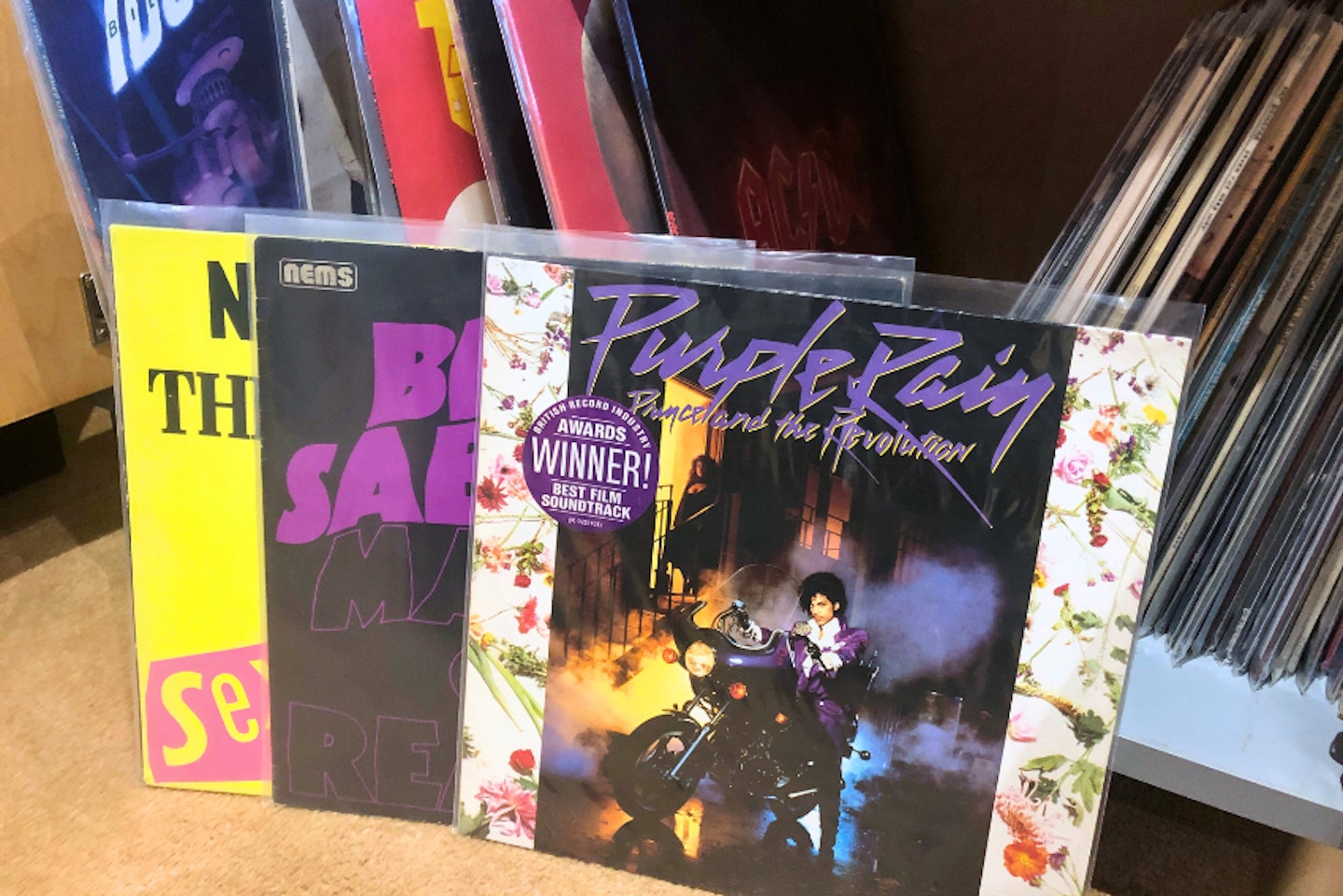
Unbelievably, sales of new vinyl are now higher than CDs in the United States, with the UK not far behind. But in this post-CD age of streaming and lossless formats, music fans are pushing to get more out of their vinyl than we ever did back in the day. So, you’ve got your new record deck, amp and speakers and all is right with the world. Then along comes turntable preamps to make you think twice, with their promises of clearer, warmer sound. But do you really need one?
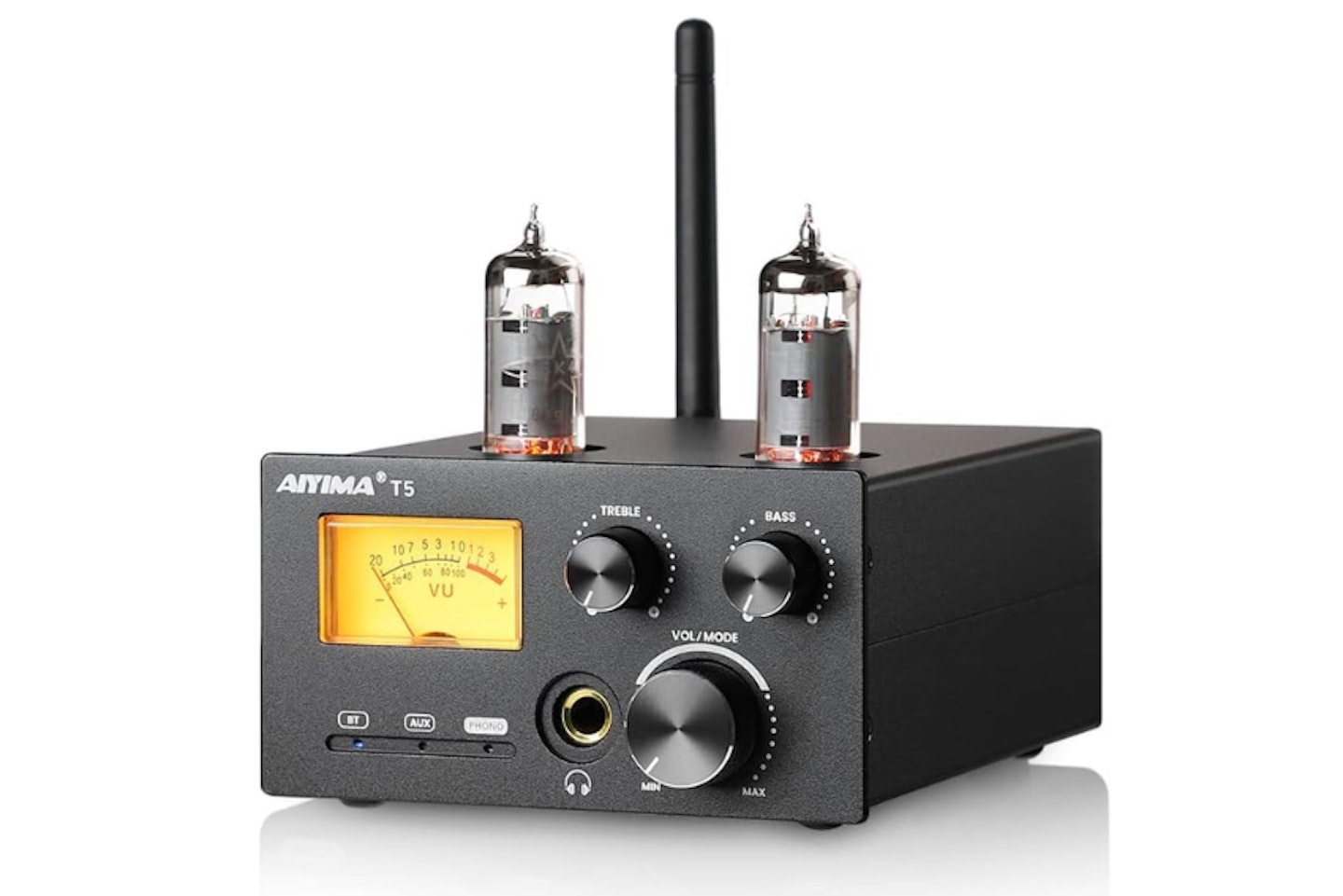
What is a turntable preamp?
Also known as a phono pre-amp or an external phono stage, at first glance a turntable preamp has one job to do: Amplify the low-power signal that your record deck outputs through its phono connectors. Most headshells on modern turntables - like the Cambridge Audio Alva ST we reviewed - feature a Moving Magnet (MM) cartridge. It functions just as it sounds - as the stylus tracks the grooves, those small signals are related via a moving magnet assembly. Naturally, unamplified, this signal is too weak to be readily amplified through the ordinary RCA inputs of any hi-fi. So, the preamp takes that low-power signal and gives it a boost - enough for the full hi-fi amplifier to be able to handle.
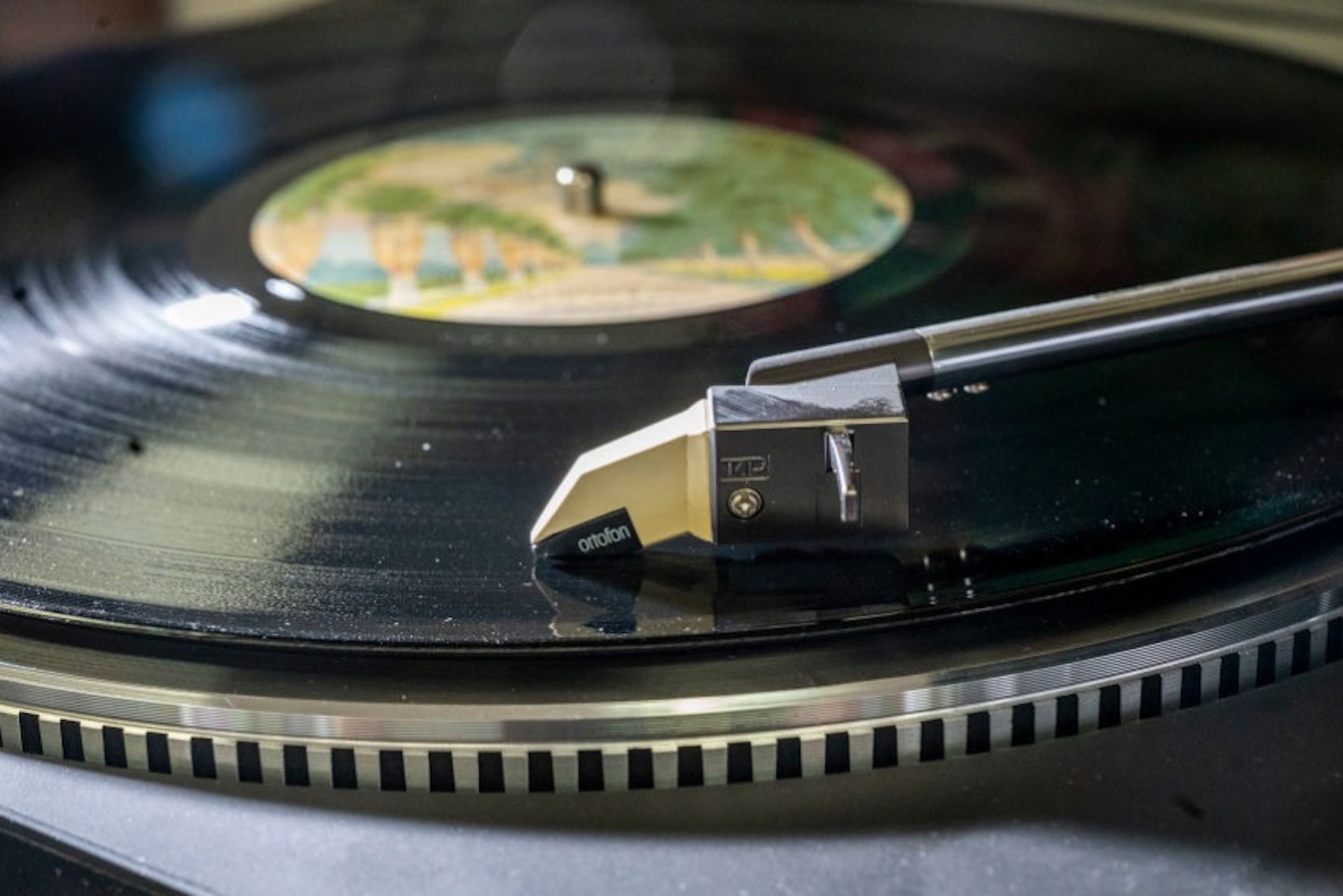
Do you really need one?
The good news here is that it’s highly likely that you’ll either have an amplifier or a deck (or both) with a built-in phono preamp. So, unless your setup has no turntable preamps already, it's highly likely that your equipment will have no trouble playing your records. So, all that said, why are external turntable preamps even a thing if most decks and amps have one? Let’s look at that next.
Types of external turntable preamp
You’ve probably seen impressive-looking audiophile systems with an expensive turntable preamp as the crowning glory. Often made from high-end materials and featuring exposed vacuum tubes, these preamps not only look intriguing, but they can actually improve the sound of your vinyl before it even reaches the stereo amplifier or speakers. There are two main types of preamp: Vacuum tube, and solid-state.
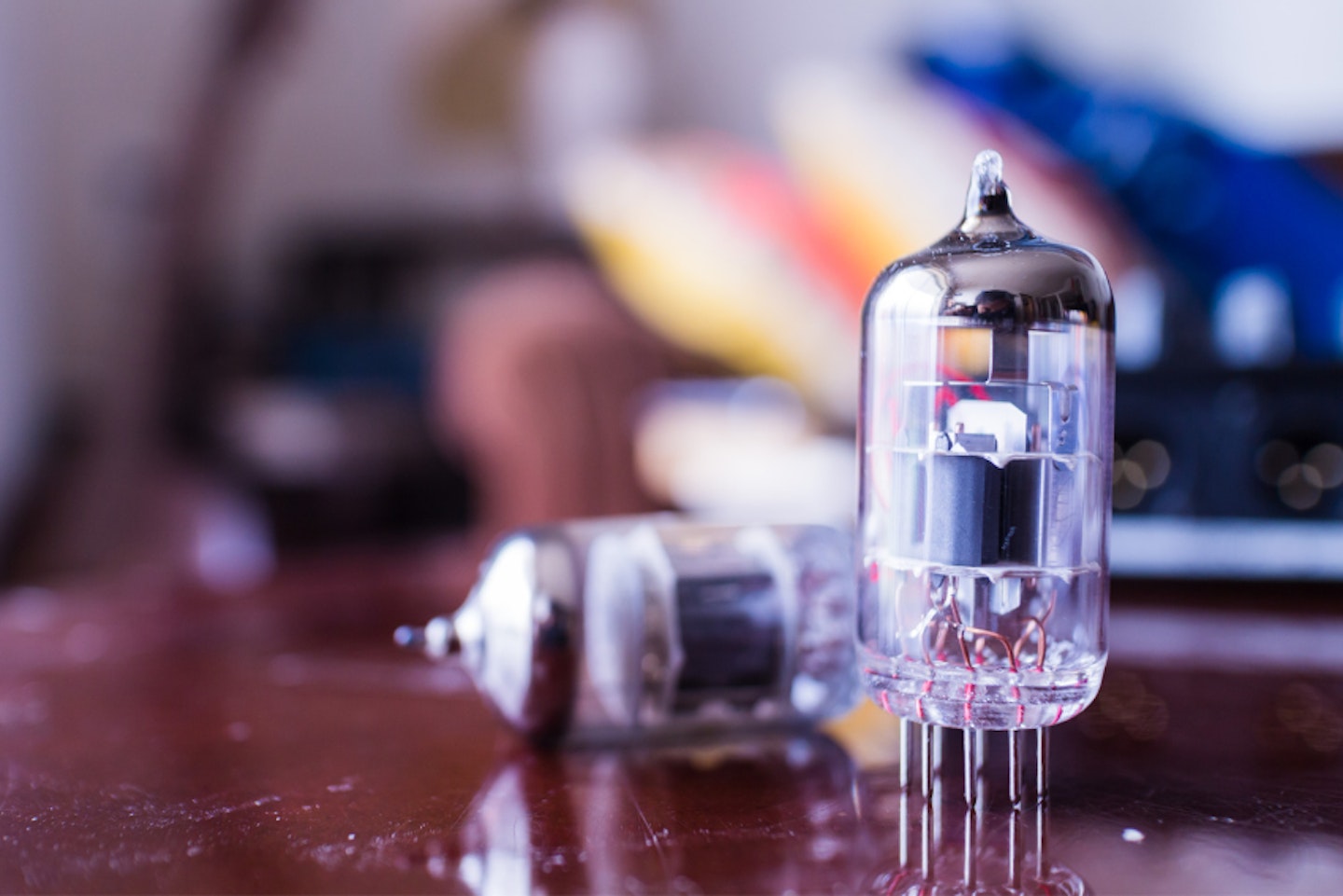
Vacuum tube
Perhaps the most lauded (and expensive) type of phono stage are vacuum tube models. Looking just like the glowing glass domes seen on vintage radios and the like, they’re definitely an eye-catching feature. You’ll also find them on dedicated amplifiers for good-quality headphones. As they contain a vacuum, electrons can pass freely through the tubes during operation - leading to a very organic and clean amplification of the incoming signal.
It’s this non-electronic simplicity that - it’s claimed - gives a vacuum tube preamp that natural warmth and unadulterated sound quality. Many preamps also come packing extra features, like tone controls and more.
Vacuum tube turntable preamp

If it's the gorgeous look of vacuum tubes you want, this little gem from Ampapa gives you just that - and more. Alongside the usual preamplification function, there are several inputs to support a handful of devices including, of course, your turntable. Add the tone control knobs and sturdy build and you have a really capable preamp on your hands.
Pros
- Definitely ticks the looks box with those exposed vacuum tubes
- Extra inputs so you can preamp other devices
- Build-in tone controls for even more choice over your sound
Cons
- Looks may be a little fussy for some
| Deck compatibility | MM cartridges (Moving Magnet) |
| Extra features | JAN GE5654 vacuum tubes, built-in tone controls, will also amplify headphones and other low-signal devices. Solid aluminium knobs, unique shell made of aluminium. LED control. |
| Dimensions | 153 x 92 x 25 mm |
| Weight | 380g |
- Customer review: "The volume output was louder, the sound was more vibrant, and the ability to control the bass was really the game changer for me. I love the fact that you get more freedom to tweak the sound settings more to your individual preference instead of settling for defaults."
"To me, this amp is better hands down and I'm glad that I did a little more research before settling based on the Brand name. My advice is to not hesitate and buy this! The ability to customize your sound is great and the LEDs make it even nicer to put on display. Night and day difference and I look forward to many years of great use and quality turntable sound when listening to my vinyl collection."
Solid-state
By no means a poor man’s choice, the solid-state turntable preamp may be a little cheaper thanks to the lack of vacuum tubes, but they’re extremely capable. Replacing those tubes with finely crafted electronic counterparts means a couple of things. Firstly, it won’t use as much power, and they’re less prone to accidental breakage. And then there’s the addition of electronic features on some models that further modify the sound.
Affordability and debates over which is best aside, for us the most obvious downside to going for a solid-state model over a vacuum is that they just don’t look as cool or interesting from the outside.
Solid-state turntable preamp
The Pro-Ject Phono Box II preamp does a couple of things without many frills, but what it does do it does with precision and excellence. Here we have support for both Moving Magnet and Moving Coil cartridge types, so you're covered no matter what deck you're using. The understated design may not appeal to some, but if you like the understated aesthetic and super-clean sound this is the one to go for.
Pros
- Excellent metal case and now-noise circuit design
- Works with both moving magnet (MM) and Moving Coil (MC) cartridges for maximum flexibility
- Perfect design for the understated and refined hi-fi setup
Cons
- Simplistic looks and lack and valves may put off some
| Deck compatibility | Amplification and RIAA equalisation for MM and MC cartridges (Moving Magnet and Moving Coil) |
| Extra features | Hard Gold-Plated RCA/RCA Sockets, Special low-noise ICs, metal case |
| Dimensions | 103 x 36 x 103 mm |
| Weight | 570g |
- Customer review: " It was really easy to set up. unplug the phono leads from the amp, and plug them into the box, attach the ground cable. Then plug the out RCAs into one of your amp's digital ports. So far so good. Read the manual, and run the earth from phono pre-amp to Earth on amp. Awesome."
"I was picking out different instruments, and it all sounded great to my ear It does make a difference, more laid back than the Cambridge phono stage, and just like I think I remember from years past. Really enjoyable."
Before you use a turntable preamp
So, your existing amp and deck don’t have a preamp at all - so you’ve decided to buy a preamp to improve sound quality. But, as the preamp’s job is to amplify, you’ll want to defeat the built-in photo preamps of the amplifier and the deck if they have one. Not turning off other preamps could risk some damage to your system, as the signal could be amplified more than once.
That said, if your deck has an internal preamp, but no switch to turn it off, you’re a bit stuck. The Lenco LS100 we reviewed is a good example of this limitation. If you want to use an external turntable preamp with a model like this, you’ll need a new deck.
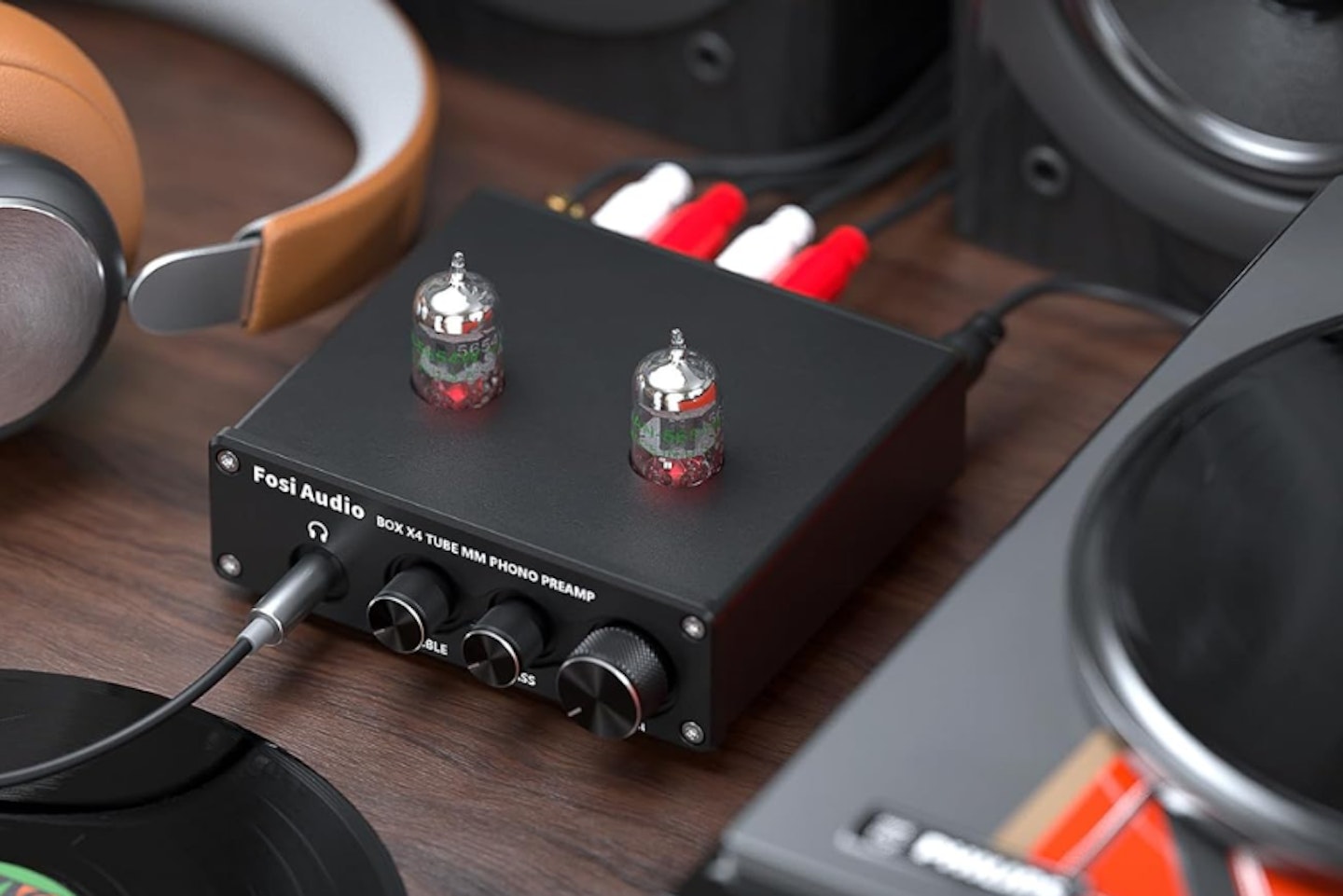
Summary: Does your record deck need a turntable preamp?
Clearly, if your amp or turntable doesn’t have its own built-in, you’ll definitely need a phono stage of some description to be able to play your records. For the rest of us, it’s all about improving on the often limited performance of the preamps built into decks and amps.
And that’s really all about what you’re looking to achieve. If you find your sound a little lacking in warmth or clarity or is overly harsh sounding, you may well benefit from an external turntable preamp. But don’t be lured into the idea that spending more means proportionally better sound. Ultimately, a lot of what you’ll hear will come down to the quality of your deck and amplifier in the first place.
So, think of a phono stage as a link in the chain, and not as a cure-all. At its best, a good turntable preamp can absolutely transform the subtleties and analogue warmth of your vinyl. They can also add a little bit of class to your setup - even with more compact systems based around bookshelf speakers. And for those reasons, we love to see them alongside the separates in anyone’s music room.
Chris Duffill is a Tech Product Writer for What's The Best and Yours. His background includes writing, editorial, marketing, design, video production and photography.
He specialises in home entertainment and audiovisual tech, including speakers, amplifiers, turntables, streaming media players, and TVs. He is also one of our resident experts in computing (PCs, tablets, smartphones, smartwatches), DSLR photography and all kinds of digital cameras. He also writes about retro gaming, game consoles and various electronic gadgets. If it plugs in, lights up or makes a noise, he’ll write about it.
Subscribe to the What’s The Best Newsletter to keep up to date with more of the latest reviews and recommendations from the rest of the What’s The Best team.

